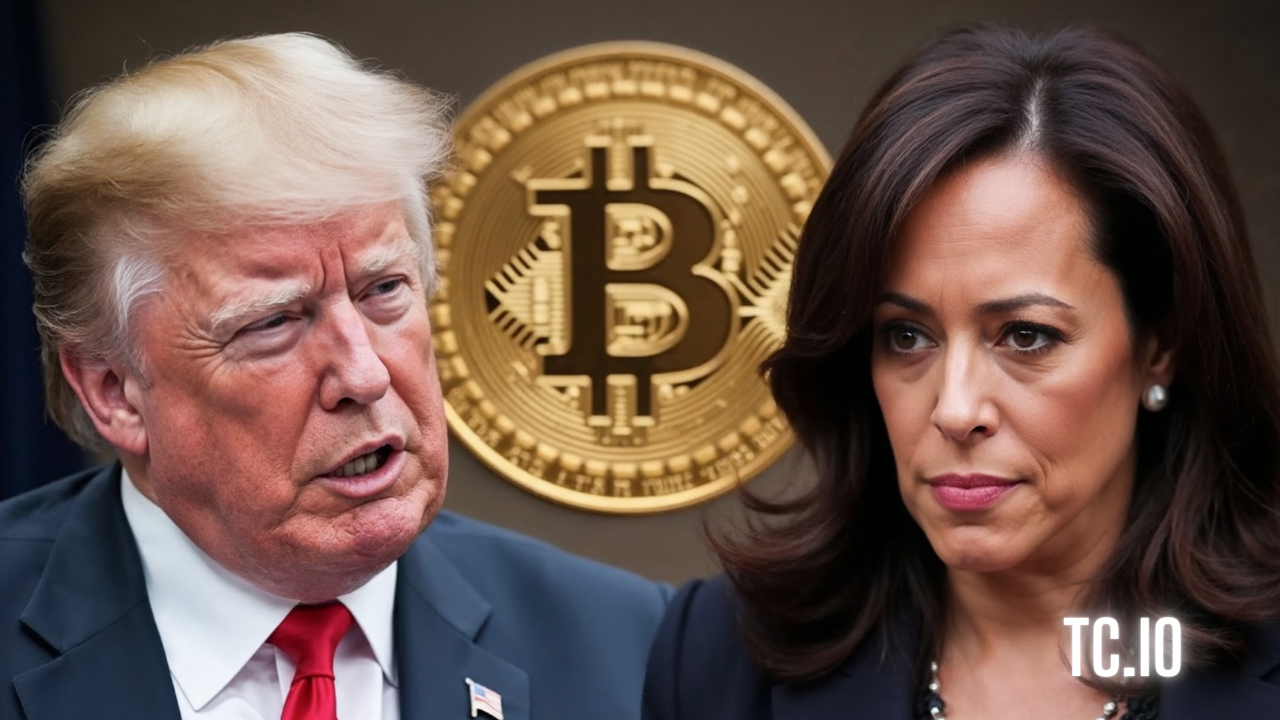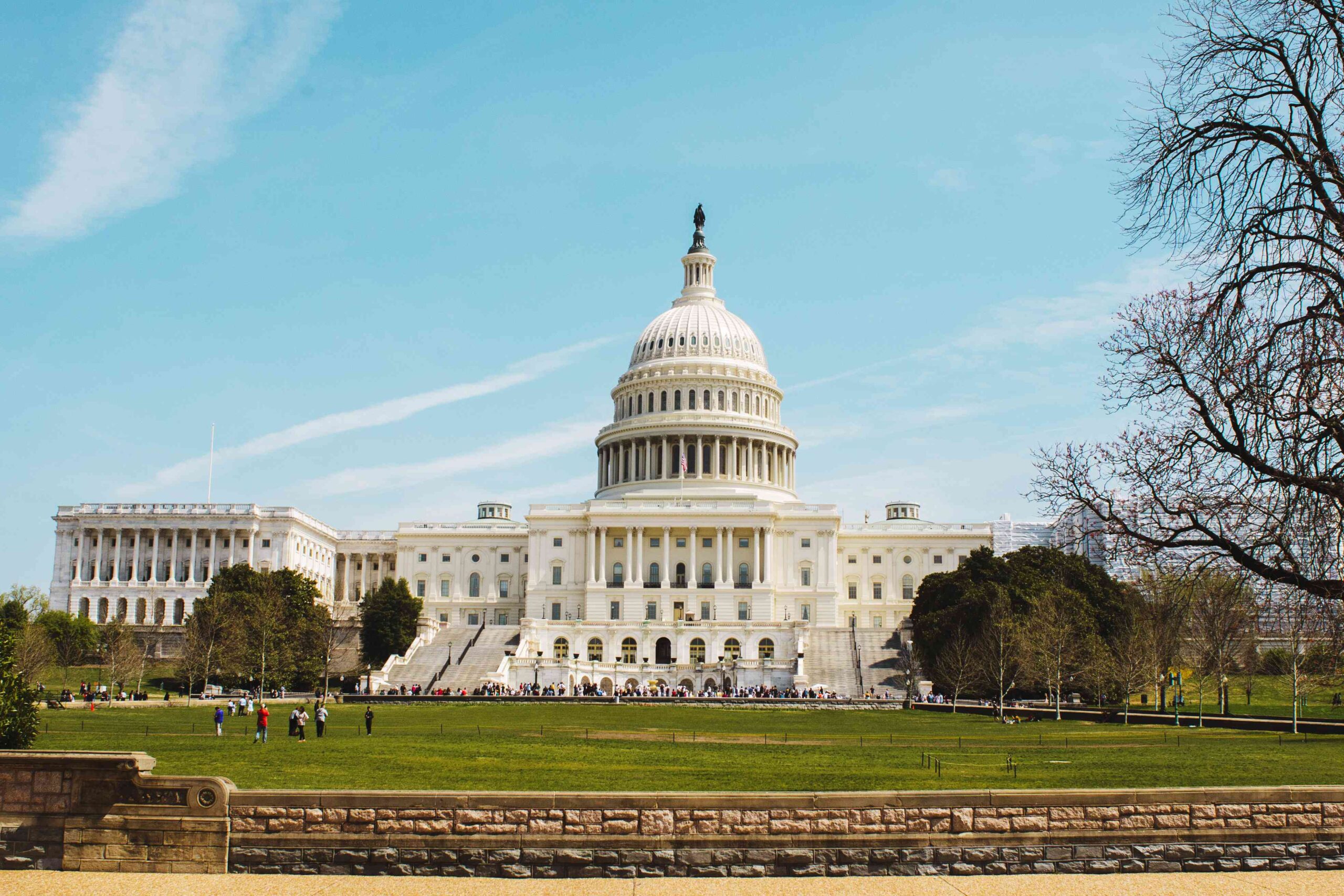
As the 2024 U.S. presidential election approaches, the cryptocurrency industry is closely watching the candidates to gauge how their policies might shape the future of digital assets. While both Donald Trump and Kamala Harris have touched on crypto-related issues, their approaches differ significantly. This comparison explores why Donald Trump’s potential victory might be more beneficial for the cryptocurrency industry than a Kamala Harris administration.
Regulatory Approach
Regulatory clarity is a significant factor for the crypto industry. Donald Trump has hinted at a deregulatory, business-friendly approach. During his previous term, he focused on cutting regulations across industries, a trend likely to continue if he returns to office. His recent comments suggest he may push for a more open stance on cryptocurrencies, potentially easing regulatory barriers and fostering innovation. Notably, his proposal to create a Bitcoin stockpile from seized assets indicates a willingness to engage with the crypto space in unconventional ways that could benefit the sector.
In contrast, Kamala Harris appears poised to maintain, if not intensify, the restrictive regulatory stance established by the Biden administration. Her cautious approach to crypto regulation, heavily focused on consumer protection, signals an increase in bureaucratic hurdles for the industry. While she has suggested clearer regulations might be forthcoming, her policies may lean toward tightening restrictions, which could stifle innovation. By prioritizing financial stability and consumer safety, Harris risks burdening the sector with excessive red tape, slowing progress and making it more challenging for crypto businesses to thrive in a fast-evolving global market.
Trump’s deregulatory promises could create a more flexible environment for crypto companies, reducing the risk of regulatory crackdowns.
Economic Impact
Trump’s economic policies could significantly benefit the cryptocurrency market by creating a conducive environment for growth and innovation. His focus on reducing taxes, cutting regulations, and encouraging private sector investment might stimulate broader interest in decentralized digital assets like Bitcoin. By fostering a pro-business atmosphere and promoting fiscal stimulus, Trump could drive economic expansion, leading to greater institutional and retail investment in cryptocurrencies. Additionally, his policies aimed at boosting U.S. exports and increasing competitiveness could further position cryptocurrencies as valuable components of diversified financial strategies. This focus on economic growth and reduced regulatory burdens could accelerate the adoption of digital currencies.
On the other hand, Harris is likely to advocate for stricter financial regulations, favoring economic stability over innovation. Her approach might prioritize minimizing volatility to such an extent that it stifles growth and opportunities in emerging sectors like cryptocurrencies. While this conservative approach may suit traditional markets, it could diminish the appeal of digital assets, which thrive on market fluctuations. Her administration’s emphasis on stability could discourage institutional investors from fully embracing cryptocurrencies, slowing their integration into the broader financial system and potentially stalling progress in the sector.
Energy Policies
Energy costs are a major concern for the cryptocurrency industry, particularly for miners who rely on cheap and abundant energy. Trump’s emphasis on U.S. energy independence, especially his support for expanding energy production, could benefit the energy-intensive crypto mining industry. Lower energy costs driven by a surge in domestic fossil fuel production could provide U.S.-based crypto miners with a competitive edge on the global stage.
In contrast, Kamala Harris is expected to maintain a focus on renewable energy and stricter environmental regulations. Increased oversight and potential penalties on high energy consumption could harm the profitability of crypto mining in the U.S. While her push for green energy policies may be commendable from an environmental perspective, it could drive mining operations out of the U.S., where fossil-fuel-based energy remains cheaper.
Market Sentiment
Market sentiment is strongly influenced by leadership style, and Trump’s presidency is often associated with policies that stimulate economic growth and drive investment. His pro-business stance, focused on reducing regulations and fostering innovation, has attracted support from the crypto community. Many view his return as potentially bullish for cryptocurrency markets, as his policies could create opportunities for increased trading and broader adoption of digital assets. Trump’s emphasis on economic expansion and private sector growth may provide the ideal environment for the cryptocurrency market to thrive, further boosting its appeal to both investors and traders.
In contrast, Harris is likely to adopt a more restrained approach that could curb the explosive growth opportunities driving the crypto market. While she may support innovation in blockchain technology, her focus on regulatory oversight is expected to slow down the momentum of the digital asset space. This cautious stance could make the crypto market less appealing for traders looking for high-risk, high-reward opportunities.
Bipartisan Crypto Support: Consistent Trend or Accelerated Growth?
It’s important to note that crypto has garnered bipartisan interest in recent years, and both Trump and Harris could preside over an era of advancing crypto-friendly legislation. However, Trump’s past focus on deregulation and reducing government intervention suggests he would likely accelerate crypto growth by removing obstacles faster than Harris. His appointments to key regulatory agencies would likely favor the crypto industry, and his willingness to engage with digital assets could further drive innovation and adoption.
Harris, while not overtly anti-crypto, may prioritize regulation and oversight over rapid growth. Her administration would likely ensure the crypto industry operates within a structured legal framework, adopting a more cautious approach to avoid the risks associated with rapid, unchecked growth. This would provide stability, but might also slow down the pace of innovation and market expansion.
Conclusion
Donald Trump emerges as the stronger choice for those seeking rapid expansion and fewer regulatory barriers. His deregulatory stance, unpredictable economic policies that drive crypto investment, and favorable energy policies make him a more attractive option for crypto businesses and investors. In contrast, Kamala Harris’s more balanced, regulatory-focused approach could stifle the explosive growth that the industry has come to expect.
For the crypto community, a Trump presidency could mean more opportunities, less regulation, and a more favorable environment for rapid innovation and investment. As the election approaches, industry stakeholders will be closely monitoring the candidates’ positions to anticipate the potential direction of crypto regulation and support in the United States.
Sources:
– CoinDesk
– The Block
– Forbes




